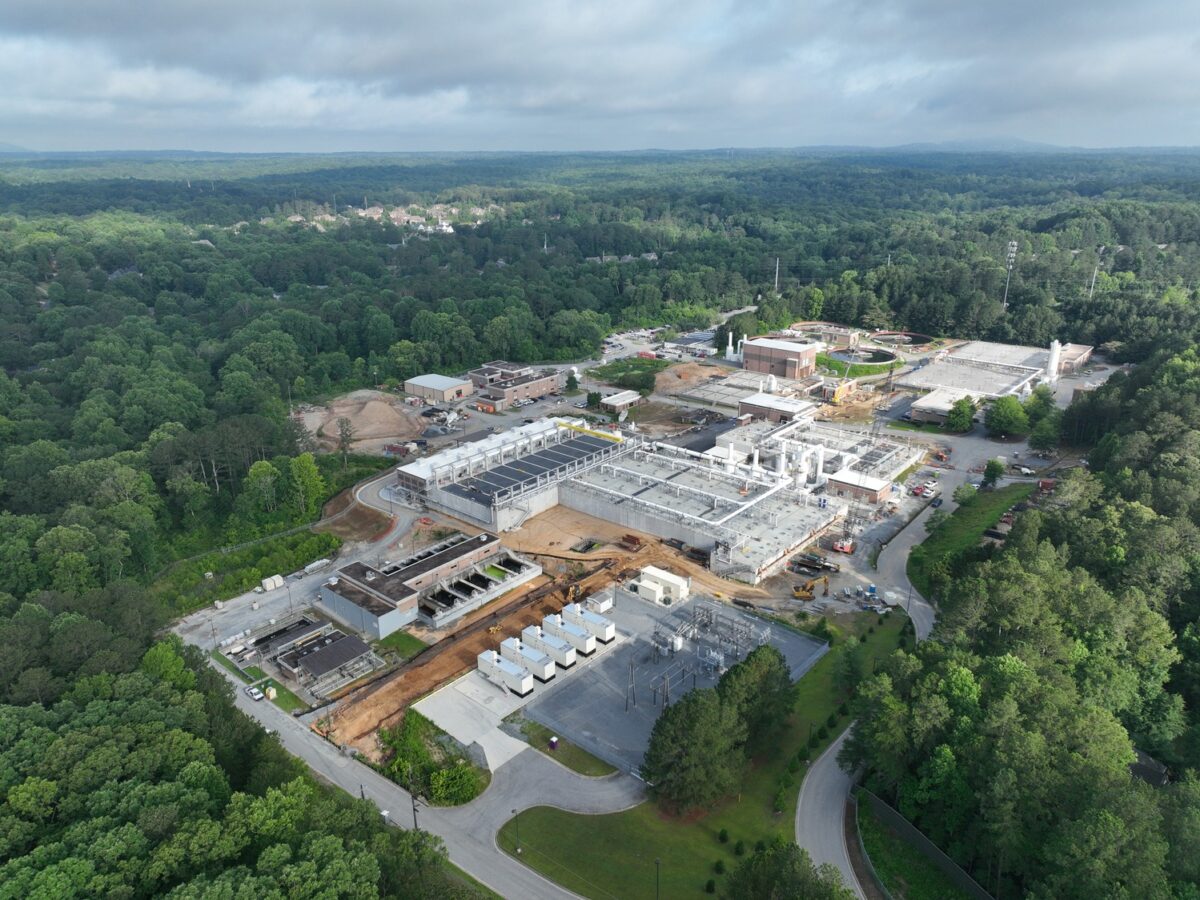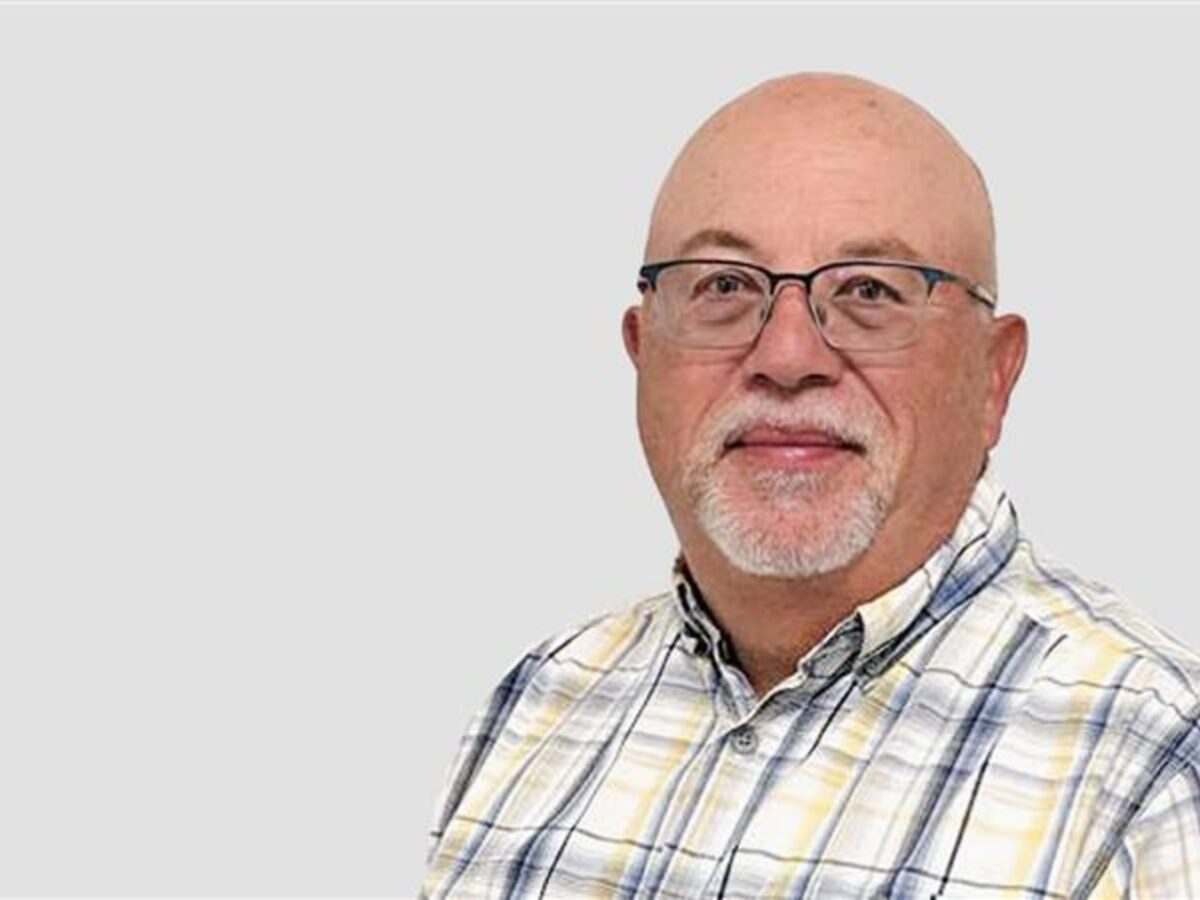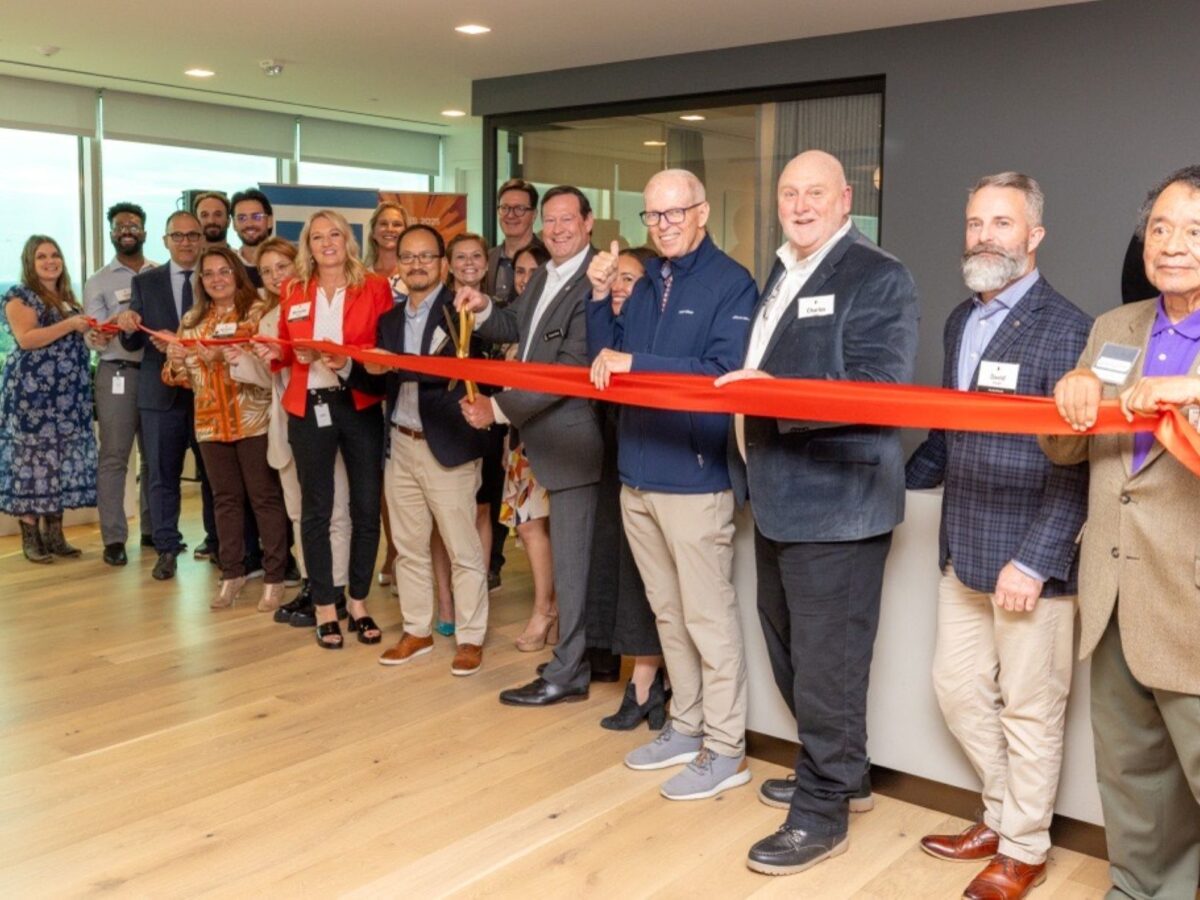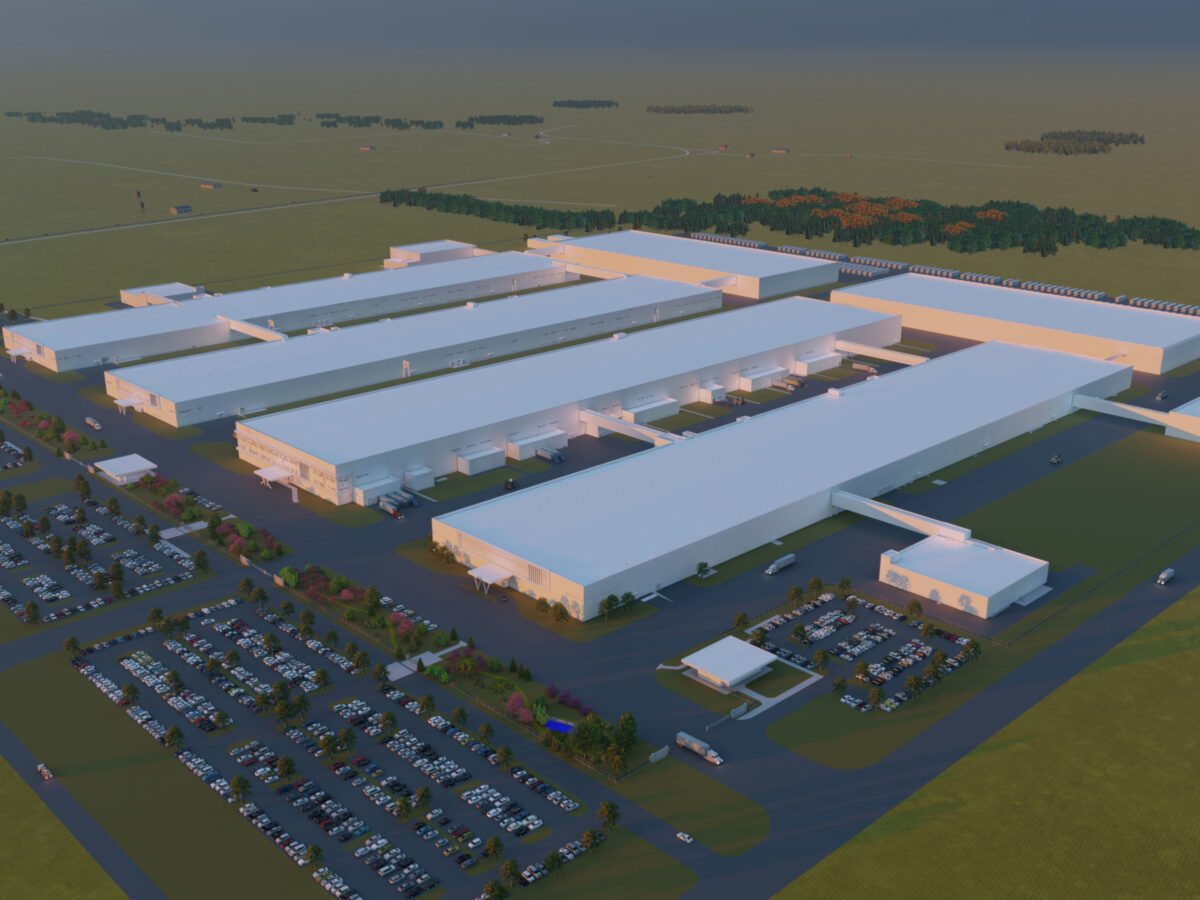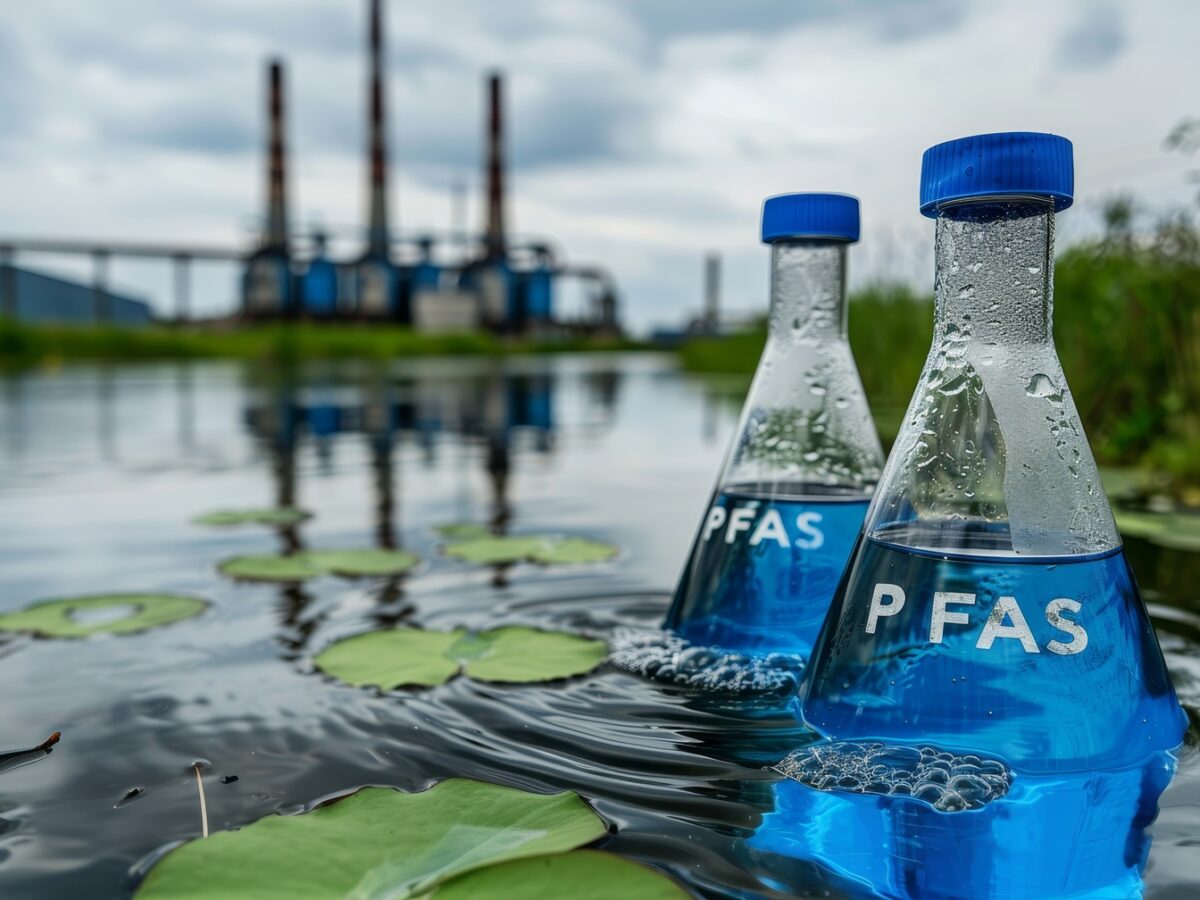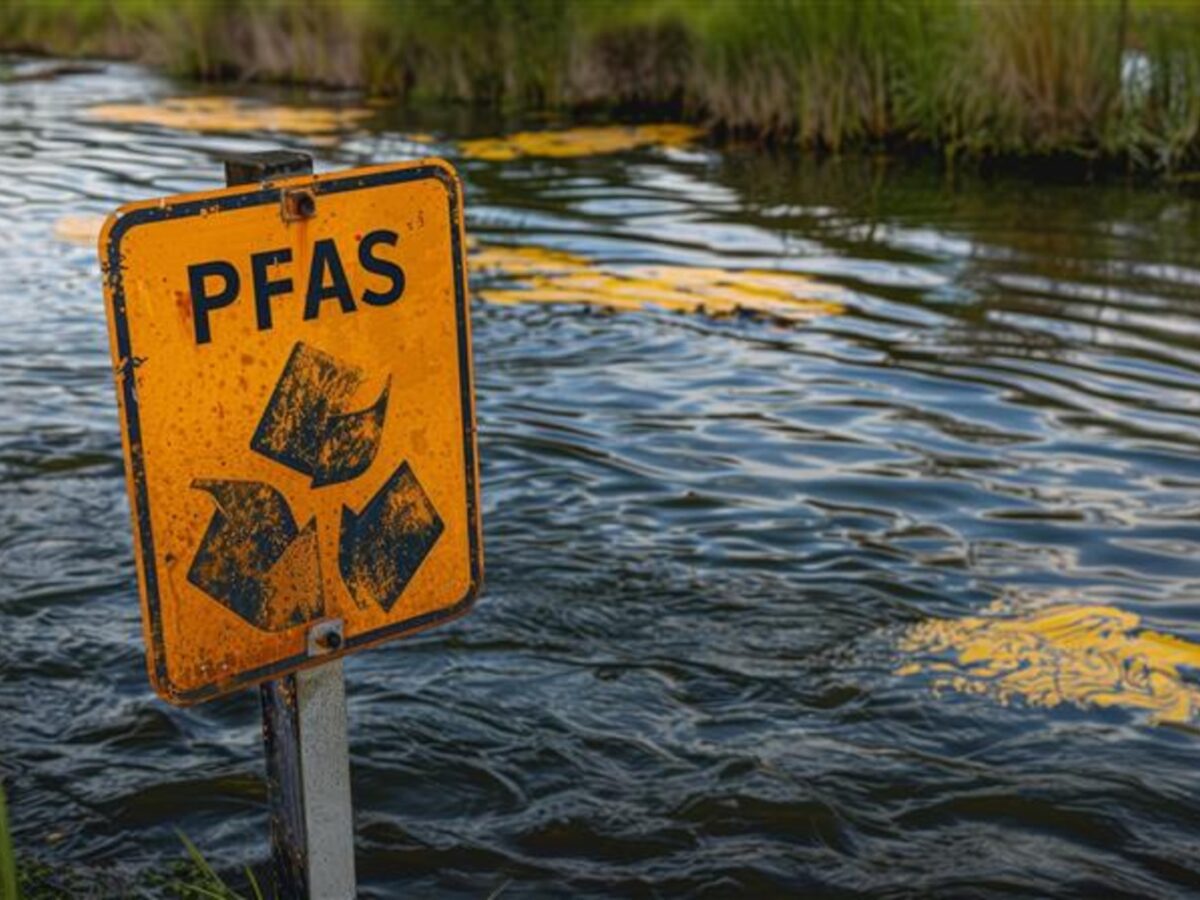Gresham Smith is proud to announce that Water + Environment’s Ben Luke, P.E., and Diana Chumak, P.E., will present at the KY/TN Water Professionals Conference (WPC), held in Louisville, KY, Sept. 8th-11th. Their presentations will focus on a range of topics including water reuse at EV battery facilities, an airburst system expansion case study and PAA disinfection at water resource recovery facilities.
Summaries of the presentations are below.
Breaking Even and Beyond: Water Reuse at EV Battery Facilities, Presented by Diana Chumak, P.E.
The demand for electric vehicles is evident from the current consumer market, government incentives for electrification, and a need driven by environmental and sustainability considerations. To meet the growing demand for EVs, car makers are partnering with EV battery technology providers to build and operate new lithium-ion battery manufacturing facilities. Through working on multiple EV battery production facilities, Gresham Smith has evaluated the financial feasibility and environmental impacts of implementing water recycling opportunities. In addition to relieving pressure on local water and wastewater utilities, any water reuse options implemented also align with and advance the sustainability goals set by automakers. Incorporating water reuse allows facilities to improve operational efficiency and reduce onsite water demands, reduce wastewater discharge flows, and improve resiliency. By evaluating reuse performance at EV battery facilities, the impacts and potential progress toward water intensity and carbon net neutrality goals can be quantified.
Huff, Puff, and Blow your Intake Screen Off! Airburst System Expansion at Nashville’s Omohundro WTP, Presented by Ben Luke, P.E., with Nathan Ellermann, Nashville Metro Water Services
Nashville Metro Water Services’ historic Omohundro Water Treatment Plant provides up to 90 million gallons per day (MGD) of treated drinking water, along with its sister facility K.R. Harrington WTP, to approximately 220,000 customers in the Metropolitan Nashville and Davidson County area. The pumping station and boiler house at Omohundro were first constructed in 1889, the filter plant completed in 1929, and the facility was added to the National Register of Historic Places in 1987. Since the first processes at Omohundro were constructed in 1889, raw water has been drawn from the Cumberland River at multiple locations and under various configurations. This presentation will provide a brief overview of the history of raw water intakes at Omohundro, their location and design, and their ultimate fate, as well as the recently completed 2022-2023 expansion of the airburst system. Redundancy requirements for the airburst system and other space limitations drove many of the design decisions for the project and construction was primarily completed underwater by barge-mounted equipment and divers. The completed Intake #4 project now provides Metro Water with redundant intakes, each designed to draw 90 MGD of raw water from the Cumberland River, with passive screens and an airburst system that are more reliable and operator-friendly than the previously-installed traveling screens.
The Acid Test: PAA Disinfection at Water Resource Recovery Facilities, Presented by Ben Luke, P.E.
Peracetic acid (PAA) has gained popularity as a wastewater disinfectant in recent years due to its inherent advantages over established disinfectants particularly in challenging conditions. Used for decades as a disinfectant in the food and beverage industry, application of PAA at water resource recovery facilities (WRRFs) is a burgeoning topic with a growing number of full-scale systems located throughout the United States including numerous installations in Kentucky and Tennessee. This presentation will include an overview of PAA disinfection kinetics, advantages and challenges of PAA when compared to established wastewater disinfectants, suitable PAA disinfection applications, and design and operational considerations for implementing a PAA disinfection system.
More information on the KY/TN WPC can be accessed online here.


